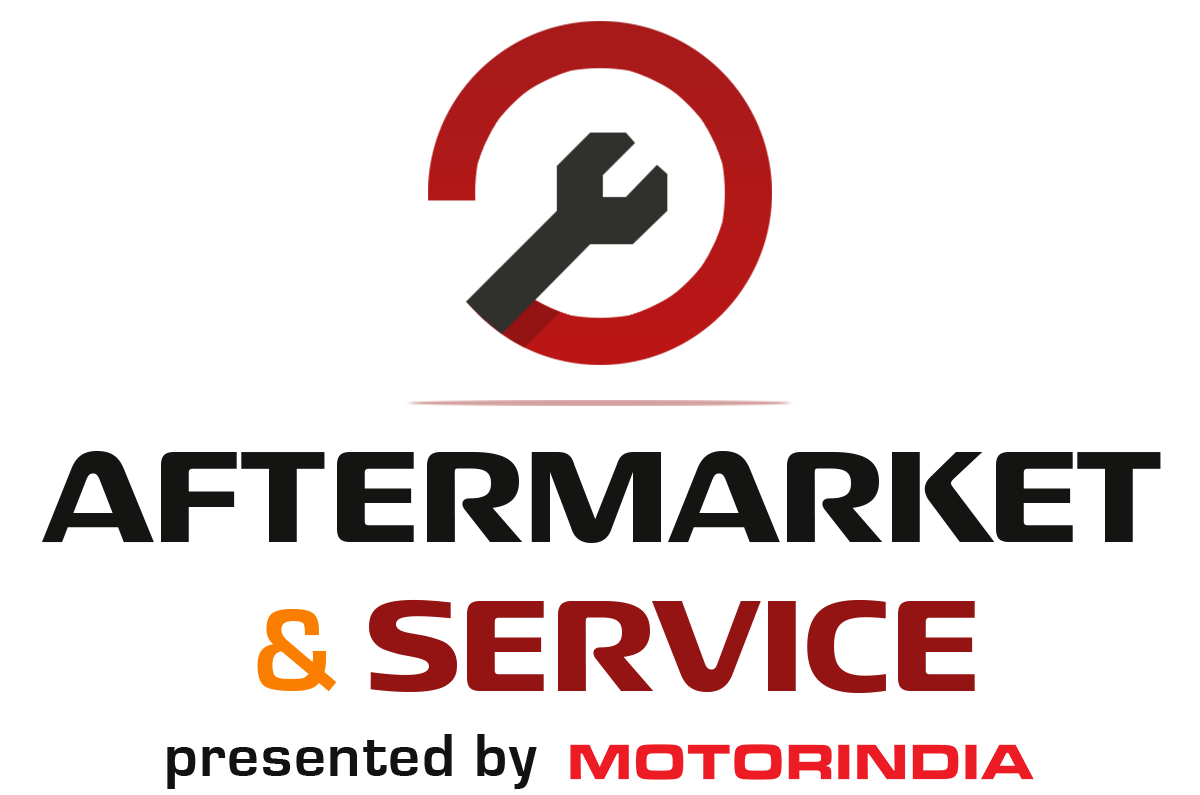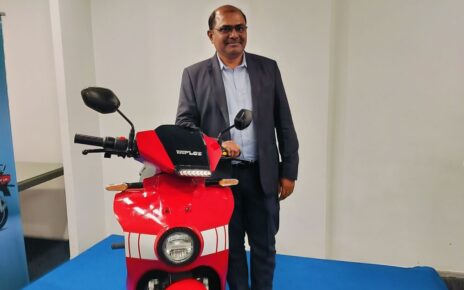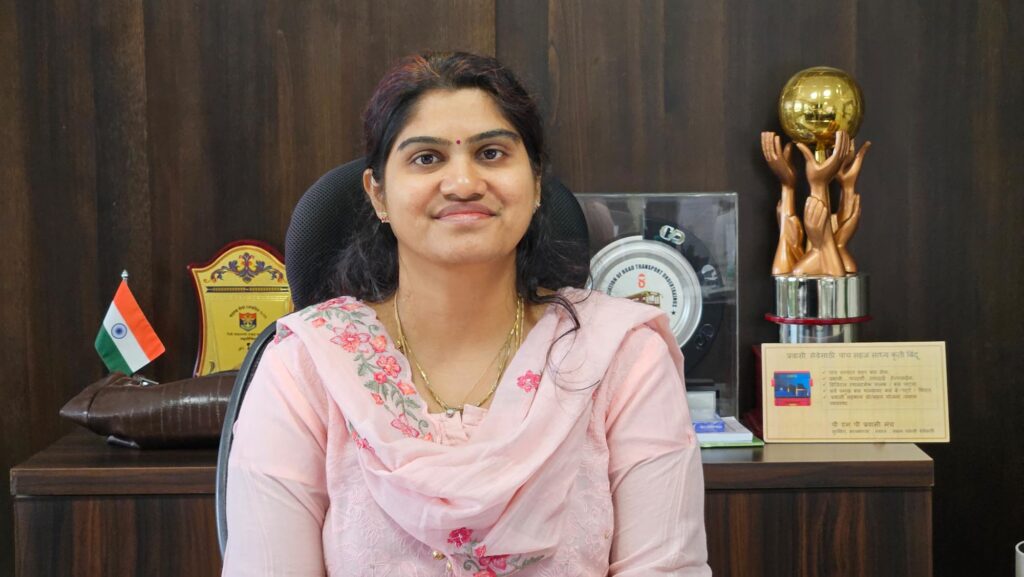
In the heart of Pune and Pimpri-Chinchwad, PMPML (Pune Mahanagar Parivahan Mahamandal Limited) stands as the primary mover of people and possibilities. With 17 depots, nearly 2,000 buses, and an ambitious roadmap for clean energy transition, PMPML is in the midst of a dynamic transformation under its current leadership. Rajesh Rajgor sat down with Deepa Mudhol-Munde, IAS, Chairperson and Managing Director of PMPML, to understand the organisation’s present pulse, challenges, and vision for the future.
Pune’s city bus service, PMPML, is on a mission to transform public transport for a rapidly growing population across Pune, PCMC, and the PMRDA region. With an eye on sustainability, efficiency, and passenger satisfaction, the organisation is working on a comprehensive roadmap to meet evolving urban mobility demands.
“Our current fleet size is 1,947 buses—895 owned and 1,052 operated under the Gross Cost Contract (GCC) model. Of these, 668 are CNG, 227 are diesel, 562 are CNG-hired, and 490 are electric,” says Deepa Mudhol-Munde, IAS, Chairperson and Managing Director of PMPML. However, this figure will keep evolving as PMPML aligns with the Comprehensive Mobility Plan (CMP) developed by MahaMetro over the past six months. The CMP outlines everything from the ideal number of buses, feeder routes, bus stops, and terminals to truck terminal requirements, ensuring a holistic approach to regional mobility.
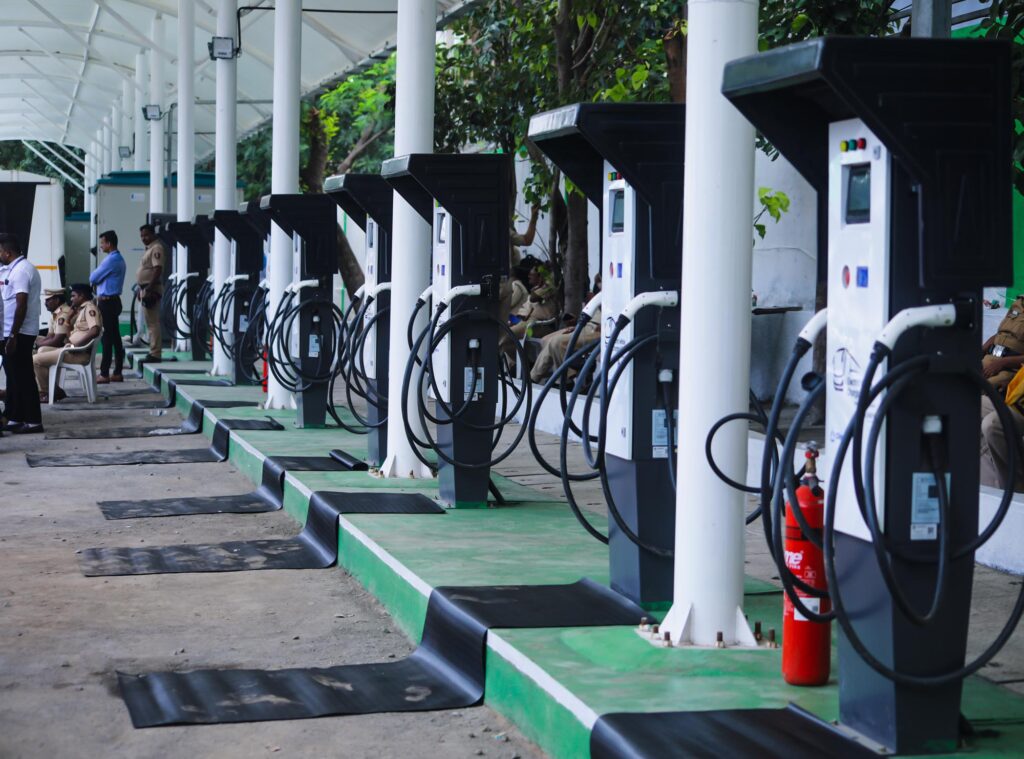
“For over a decade, our on-road strength hovered between 1,600 and 1,700 buses, even though the total fleet was around 1,900 to 2,000. Some buses are dedicated to services like school transport, but even then, it’s far from sufficient. If we calculate the bus-to-population ratio for Pune, PCMC, and PMRDA, we need at least 4,500 buses to serve the region effectively,” Deepa points out.
Currently, PMPML’s daily ridership averages around 12 lakh passengers, a significant jump from 2.78 lakh in 2020–21 during the COVID period and 5.57 lakh in 2021–22. The sharp increase underscores the growing reliance on public transport as Pune reopens and expands.
Boosting the Fleet: CNG, Electric, and Beyond
To bridge the demand gap, PMPML is ramping up procurement. “We’ve finalized 400 non-AC CNG buses under the GCC model, 121 from Ashok Leyland and the rest from Tata Motors. These buses are operated by private partners, and we pay per kilometer,” Deepa elaborates. Additionally, 200 CNG-owned buses are in the prototype inspection stage and expected to be inducted within the next two months. PMPML has also committed to purchasing 1,000 more CNG buses, funded by PMRDA, PMC, and PCMC, with deliveries expected to begin by March 2025.
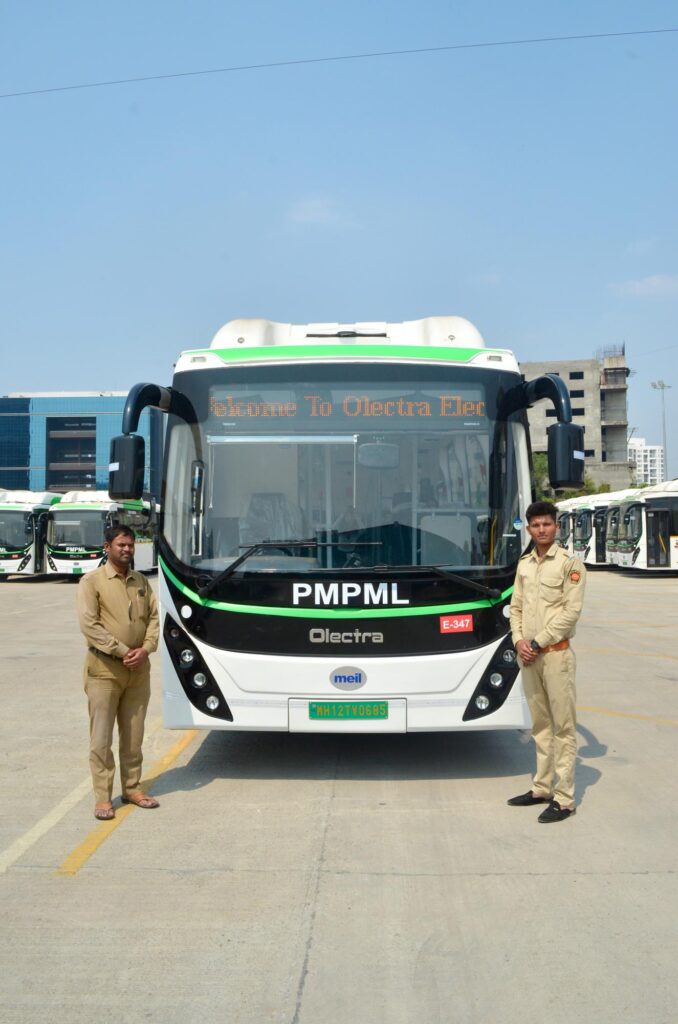
On the electric front, PMPML has already achieved a 25% share, with 490 electric buses operational. “We already have 490 electric buses, fulfilling the 25% target in our current fleet,” Deepa points out. To maintain or exceed this share, PMPML has requested 1,000 electric buses under the PM e-Bus Sewa scheme, which are expected to join the fleet by mid-2026.
PMPML’s electrification efforts are supported by robust charging infrastructure. “Our e-buses are charged at depots set up by GCC operators, located at key hubs like Nigdi, Bhekrai Nagar, Pune Station, Baner, Wagholi, Charholi, and Maan (Hinjewadi). AC chargers take around 4 hours, while DC chargers complete the job in just 1.5 hours,” she shares. Two new depots dedicated for e-bus charging have been added recently, taking the total to seven. Additionally, plans are underway to set up a 43 MW captive solar power plant in partnership with Mahapreet, ensuring access to electricity at concessional rates for future operations.
Integrating with the Metro: A Unified Transport Vision
PMPML’s vision extends beyond city limits. “Public transport cannot operate in isolation; it must serve the larger region, including people commuting from the hinterlands across 12 talukas,” Deepa emphasizes. PMPML plays a crucial role in Pune’s broader mobility ecosystem, currently holding a 15% modal share in the city’s transport mix. The target is to grow this to 20% by 2026, with PMPML acting as a feeder system to the metro. “We’ve already launched the Aapli PMPML mobile app, which offers integrated ticketing services for the Metro. We’re also working to integrate the National Common Mobility Card (NCMC) with the Metro network,” she confirms.
PMPML’s financial health is stable, thanks to regular operational subsidies, 60% from PMC and 40% from PCMC. Major expenses include salaries (42%), fuel (18%), maintenance (6%), and payments to GCC operators (21%). Monthly revenues stand at ₹51.4 crore, with ₹49 crore from ticketing and ₹2.4 crore from non-ticketing sources like advertisements (₹80 lakh), rentals (₹60 lakh), and scrap sales (₹1 crore). However, losses remain significant at ₹60.82 crore monthly. “Our financial health is stable as long as we get the operational loss coverage from the corporations. We don’t get extra funds, so we operate with strict cost controls and try to increase revenue through ticketing and non-ticketing sources like advertising on buses and bus shelters,” Deepa explains.
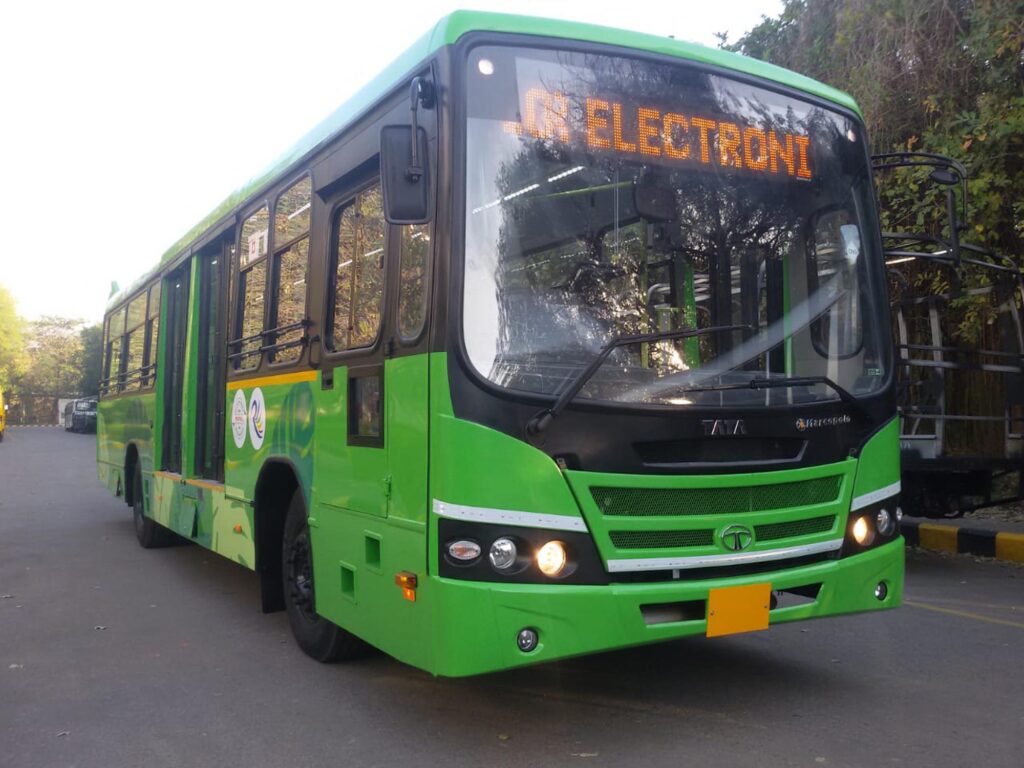
PMPML is working on cost-saving initiatives like installing CNG mother stations at depots (Swargate, Nigdi, Shewalwadi) to minimize dead kilometers and exploring conductor-less buses on select routes to optimize manpower. Fuel optimization has also led to notable savings in electricity bills by optimizing charging schedules across depots.
Fare rationalization is on the agenda too. “PMPML hasn’t revised fares since 2014, despite rising costs in fuel and spare parts. Other operators like BEST, MSRTC, and Nagpur Transport have already increased fares,” she highlights, hinting at the need for a balanced approach between affordability and cost recovery.
Passenger-Centric Improvements: Safety, Comfort, and Inclusivity
Passenger feedback is at the heart of PMPML’s service strategy. “We organize Pravasi Din at depots and bus stands every month to gather passenger feedback,” she reveals. The Aapli PMPML app also enables real-time bus tracking, ticket booking, and complaint registration. Complaints range from driver behavior and schedule issues to app glitches, and PMPML addresses these through dedicated teams that review and act on feedback.
Efforts to make the fleet more inclusive are underway. Since April, PMPML has introduced real-time gender data collection in ticketing, revealing that women make up nearly 50% of passengers, with some areas showing a 53% share. Based on this, ‘Tejaswini’ women-only buses have been introduced, and plans are afoot to create dedicated sections within regular buses for women to address safety concerns, such as theft.
Weekend demand is being tapped through the Pune Pariyatan and Pune Darshan services—AC buses running on 10 designated tourist routes within and around Pune. “For ₹500 a ticket, passengers can enjoy a full-day ride to popular destinations like religious sites and tourist spots. These buses run at full occupancy on weekends,” Deepa shares. Comfort upgrades include 490 AC e-buses already operational under the standard fare structure.
Safety remains paramount, with daily technical inspections for all buses and training programs for staff. “Every employee undergoes a 6-month training program before deployment, and drivers and conductors receive special training on road safety and passenger etiquette through collaborations like Jan Aakrosh,” she adds.
The Road Ahead: Scaling with Vision
Looking ahead, Deepa’s leadership priorities for the next 12–18 months are clear:
- Increasing ridership
- Expanding fleet size
- Enhancing quality of services
- Strengthening staff training
- Boosting revenues
- Integrating technology for bus health monitoring and route planning
- Seamless integration with the Metro network
Her vision is clear: “We are committed to expanding our fleet, improving services, and making PMPML more efficient and inclusive—not just for Pune city but for the entire region, including commuters from 12 surrounding talukas. Public transport must serve everyone. It’s a long journey, but we’re committed to transforming PMPML into a robust, inclusive, and efficient public transport system for Pune’s future,” Deepa concludes.
